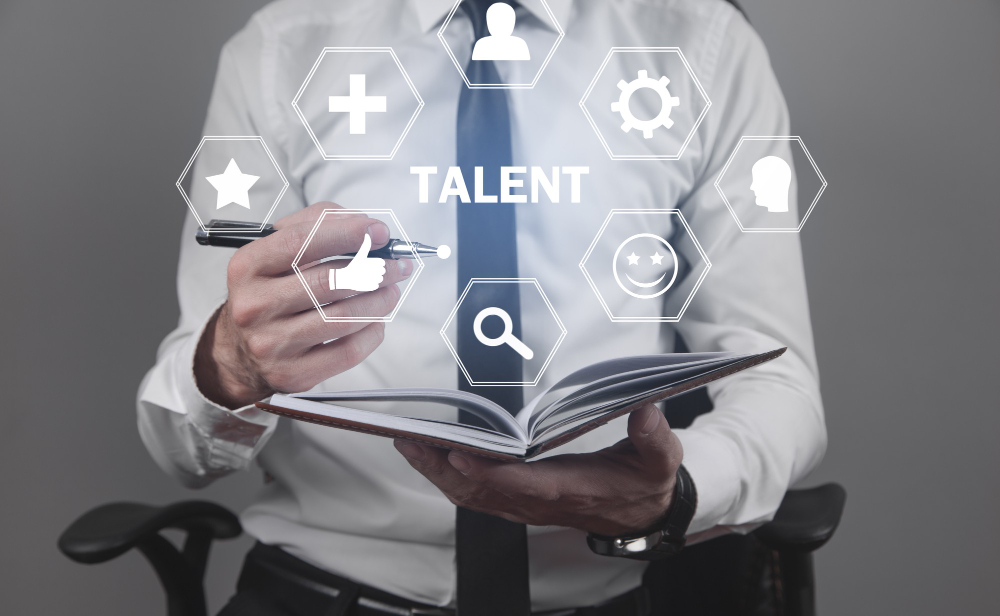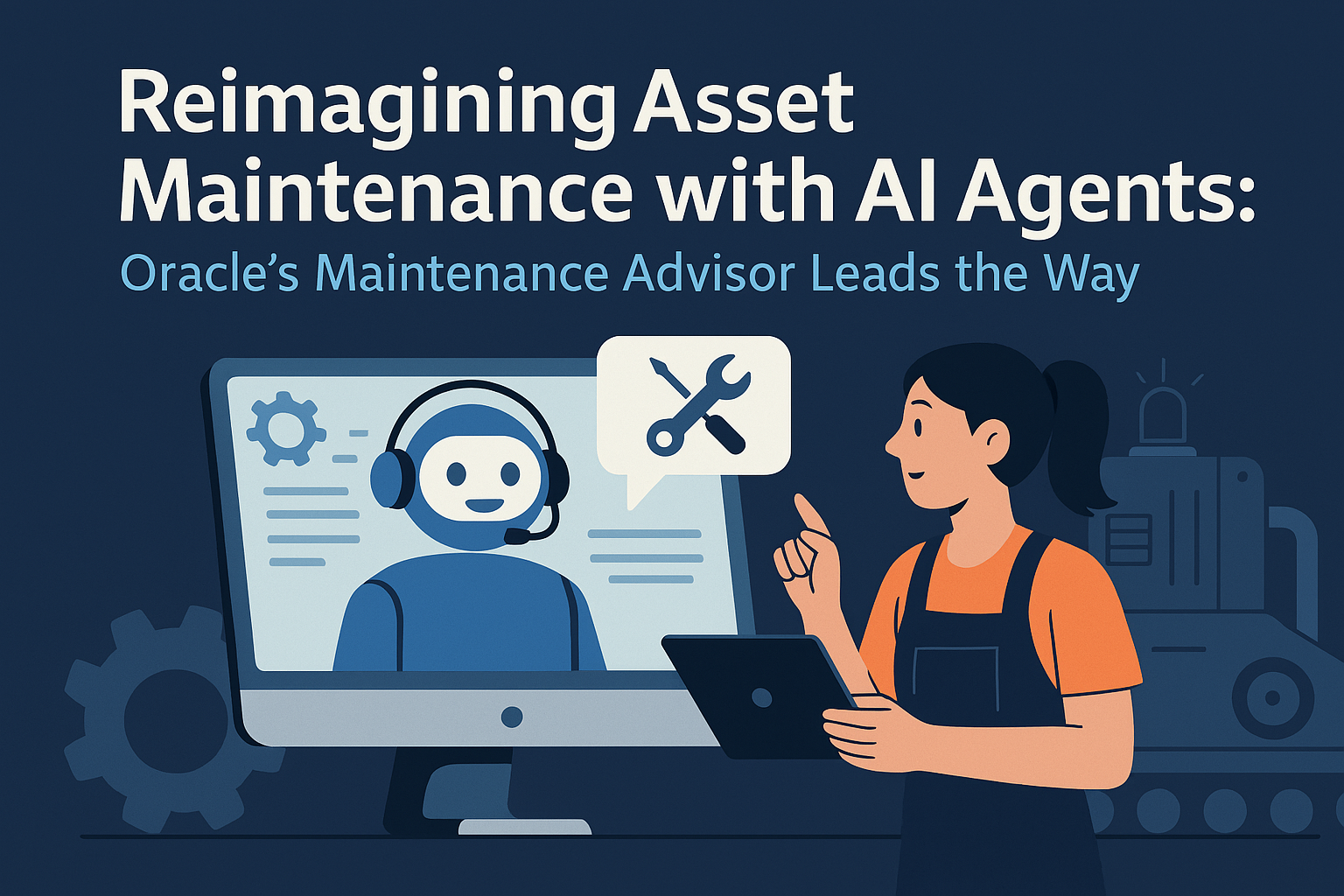Redefining Talent Leadership in the Age of AI and Human-Centric Work

The rules of talent leadership are being rewritten. In an era marked by rapid advances in generative AI, shifting employee expectations, hybrid work models, and mounting disengagement, organizations are searching for a new equilibrium—one where technology augments, not replaces, the human experience.
Great leaders today aren’t just strategic thinkers—they’re architects of a culture where talent can flourish. And that requires a shift in how we think about skills, performance, learning, inclusion, and employee well-being.
Let’s reimagine what it means to support talent in the modern workplace—grounded in new realities, powered by technology, and anchored in humanity.
The conversation around Gen AI in HR has largely focused on automation—screening resumes, generating job descriptions, or handling employee FAQs. But the deeper value lies elsewhere: in amplifying human capability, accelerating learning, and reshaping how people grow in their roles.
With the right intent, Gen AI becomes a coach, not a competitor. It can:
Empower skill-based hiring by surfacing hidden talent
Personalize learning journeys and career development paths
Shorten onboarding time by serving as an always-on guide
Support managers in performance reviews, feedback, and coaching
Crucially, this demands a mindset shift: Gen AI should enhance the employee, not replace them. In the hands of thoughtful leadership, AI can democratize opportunity, not diminish it.
While technology evolves, human systems often remain stuck. One of the most persistent challenges? The broken pathway to leadership for underrepresented groups—especially women and people of color.
Many organizations still struggle with biased promotion structures, informal networks, and meritocracy in name only. The result: the best people aren’t always rising.
Solving this requires conscious design:
Make promotion data transparent and tied to measurable outcomes
Invest in mentorship, not just sponsorship
Normalize career breaks and nonlinear paths
Redesign entry-level transitions with support and structure
The future of talent pipelines will be built not on who “looks like” a leader—but on who creates impact, inspires trust, and builds others up.
For years, middle managers have been overlooked—caught between strategic vision and day-to-day execution. But they are the critical connective tissue in a modern organization. They translate goals into outcomes, culture into behavior, and strategy into momentum.
To unlock their potential, we need to:
Rethink their roles—not as control points but as enablers of performance
Provide targeted leadership training tailored to complexity and ambiguity
Use Gen AI to offload reporting and planning work, freeing time for coaching
Give them forums to co-create solutions, not just enforce them
Middle managers are your real-time culture architects. Investing in them pays back exponentially.
The best talent strategies look beyond competencies. They consider purpose, energy, health, and aspirations. In a hybrid world where burnout looms and boundaries blur, the employee experience must be redefined holistically.
This means integrating:
Workforce planning with well-being and flexibility
Performance systems with growth and feedback loops
HR operations with digital enablement and care
One framework: move from “performance management” to “performance enablement.” The question shifts from “Are you meeting your targets?” to “Are we helping you become your best self?”
Static roles are disappearing. The skills that matter today won’t be enough tomorrow. And organizations that treat learning as an HR initiative, not a business driver, will fall behind.
Skills learned on the job contribute nearly half of a person’s lifetime earnings. Companies that invest in skills development see stronger earnings and resilience.
The new model of growth should:
Prioritize skills over credentials
Make learning part of flow-of-work
Use AI to curate relevant, adaptive content
Recognize learning through career mobility and compensation
People stay where they grow. Investing in growth is the most powerful retention strategy you can deploy.
The future of talent isn’t just internal. Organizations are increasingly turning to Virtual Delivery Centers (VDCs)—cloud-based hubs where AI agents and human experts collaborate seamlessly across borders, roles, and time zones.
Here’s why VDCs are revolutionizing talent strategy:
Blended workforce model: Use Gen AI agents for task automation, pattern recognition, and support—while human specialists drive creativity, empathy, and complexity management.
On-demand talent: Tap into global, project-based experts without the overhead of full-time hiring.
Learning at scale: AI systems in the VDC environment accelerate upskilling through real-time feedback loops and performance analysis.
Speed with precision: Companies can assemble teams and deliver outcomes faster, without compromising quality.
At AiDOOS, the VDC model is not just a future vision—it’s operational reality. We bring together the best of human ingenuity and AI efficiency to power everything from R&D to customer service. In a world where the only constant is change, VDCs are the new backbone of adaptive, talent-first organizations.
Ultimately, the best leaders don’t just manage performance—they nurture possibility. They build systems where people can thrive, not just survive. They use AI to elevate humanity, not erode it. And they understand that culture is not what you say—it’s what you design.
We’re entering an era where talent, technology, and trust will determine who leads and who follows. Let’s build that future with intention—and never forget the most transformative force in any organization is still its people.

Discover how Oracle’s Maintenance Advisor AI agent is transforming equipment maintenance and repair workflows. Learn its enterprise impact, real-world applications, and the future of AI in industrial operations.